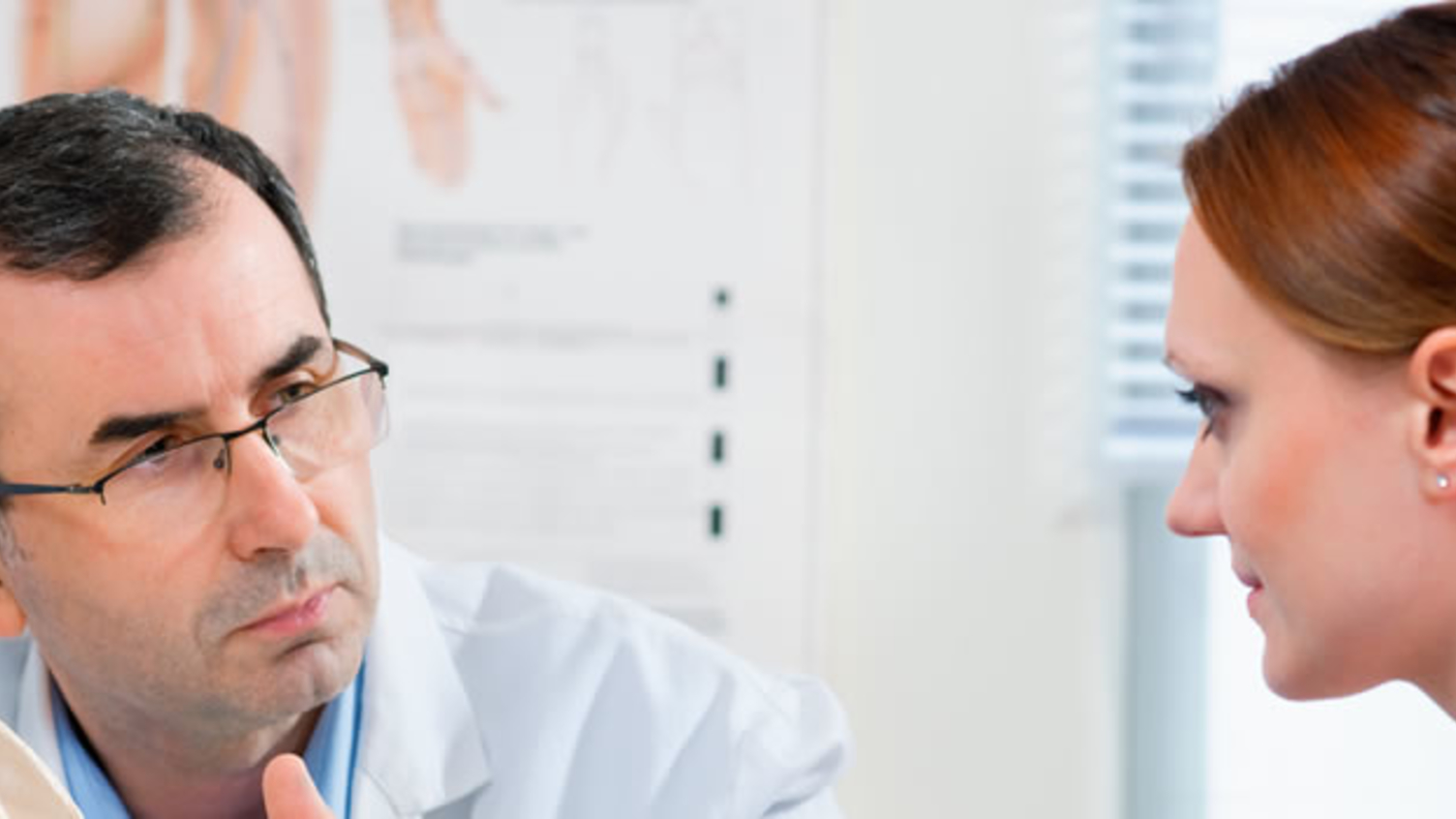Rare Musculoskeletal Diseases in Adulthood

About this PSP
Fibrous Dysplasia, Osteogenesis Imperfecta and X-linked Hypophosphataemia are rare conditions which affect the bones.
At the moment we do not know much about the best way to diagnose and treat adults with these conditions. Research is also more difficult because relatively few people are affected and due to the rarity, resources for research often get allocated to larger groups of patients.
The Rare Musculoskeletal Disease in Adulthood PSP published its Top 10 in November 2018.
Key documents
Top 10 Priorities
- What is considered a good outcome of treatment in rare bone metabolic disorders? How can this be measured in studies of new treatments?
- What is the cause of pain in people with rare metabolic bone disorders?
- What is the psychological impact of having a rare metabolic bone disorder and how can patients and their families best be supported?
- What can be done to prevent rare metabolic bone disorders in the first place, or to stop them from getting worse?
- What are the best ways to manage fatigue linked to rare metabolic bone disorders?
- What are the best forms of surgery to treat bones and joints in people with rare metabolic bone disorders?
- What are the benefits and side effects of drug treatment for people with rare metabolic bone disorders in the short and long term? What is the optimal length of treatment?
- How do rare metabolic bone disorders progress as people grow older and how is this different from normal ageing?
- How are other parts of the body affected by rare metabolic bone disorders to cause other symptoms?
- What are the best ways to prevent dental problems in people with rare metabolic bone disorders? In joint 10th place with: How and why do people with rare metabolic bone disorders have different symptoms, even when they have the same genetic mutation?
The following questions were also discussed and put in order of priority at the workshop:
- Are there more effective, long-term treatments for pain (including non-opioid drugs and non-drug treatments)?
- How does menopause impact on women with rare metabolic bone disorders?
- How does care and support for adults need to differ from care and support for children? What are the best ways to support people through that change?
- Are people with rare metabolic bone disorders at risk of any other health conditions?
- Could a combination of self-management approaches reduce pain and prevent bone loss (e.g. exercise, diet, life-style changes, meditation, yoga)?
- What is the best way to link up and organise all the health professionals who care for a person with a rare metabolic bone disorder?
- Which treatments are safer and more effective for people with OI (osteogenesis imperfecta), treatments that promote bone-building (anabolic treatments) or treatments that reduce bone loss (antiresorptive treatments)? Does combining treatments make a difference?
- What is the best form of exercise for people with rare metabolic bone disorders?
- How does drug treatment need to change as people with rare metabolic bone disorders get older?
- Is stem cell therapy an effective treatment for people with rare metabolic bone disorders?
- Why are some health professionals unaware of rare metabolic bone disorders and how can this be improved?
- If we have a better understanding of what causes rare metabolic bone disorders, will that help find new treatments?
- Would specialist services result in better care for people with rare metabolic bone disorders?
- Is life expectancy affected by rare metabolic bone disorders?
Document downloads
For full details of all of the questions identified by this PSP, please see the document below.